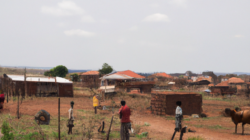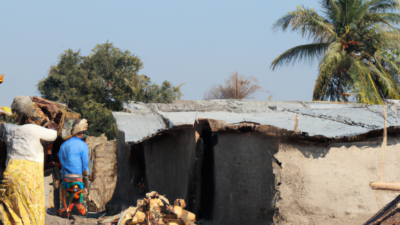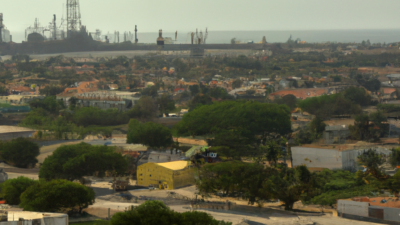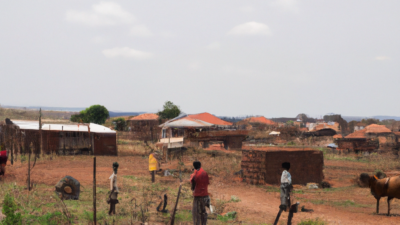Angola, a country rich in natural resources and an emerging market in Africa, has been experiencing significant economic fluctuations over the past decades. The interest rate, a crucial economic indicator, plays a vital role in shaping the nation’s financial landscape. This article delves into the intricacies of Angola’s interest rate policies, their historical context, and the broader implications for investors and the economy, drawing insights from Trading Economics data and analyses.
Historical Context of Angola’s Interest Rate
Angola’s economic journey has been closely tied to its oil industry, which has historically been the primary driver of its GDP. However, the reliance on oil has also made the economy vulnerable to global oil price fluctuations. To manage inflation and stabilize the economy, the National Bank of Angola (Banco Nacional de Angola – BNA) has employed various monetary policy tools, with interest rate adjustments being a key mechanism.
In the aftermath of the civil war that ended in 2002, Angola experienced rapid economic growth fueled by rising oil prices. This period saw a relatively stable interest rate environment, with the BNA focusing on fostering economic stability and growth. However, the global oil price slump in 2014 triggered a series of economic challenges, including inflationary pressures and currency depreciation, prompting the BNA to adopt a more aggressive interest rate policy.
Recent Trends and Trading Economics Data
According to Trading Economics, Angola’s benchmark interest rate has seen notable fluctuations in recent years. In response to high inflation rates, the BNA has periodically increased the interest rate to curb excessive spending and stabilize the national currency, the Kwanza. For instance, in 2016, the BNA raised the interest rate to 16%, one of the highest in the region, as inflation soared to over 40%.
In the following years, as inflationary pressures began to ease, the BNA gradually lowered the interest rate to support economic recovery. By 2019, the benchmark rate had been reduced to 15.5%. However, the onset of the COVID-19 pandemic in 2020 brought new economic challenges, prompting the BNA to cut the rate further to stimulate economic activity. As of 2023, the interest rate stands at 20%, reflecting ongoing efforts to balance inflation control with economic growth.
Implications for Investors and the Economy
The fluctuations in Angola’s interest rate have significant implications for both domestic and international investors. High-interest rates tend to attract foreign investment as they offer higher returns on investments denominated in Kwanza. However, they also increase the cost of borrowing for businesses and consumers, which can dampen economic activity and growth.
Conversely, lower interest rates make borrowing cheaper, encouraging investment and spending, but they can also lead to higher inflation if not managed carefully. For Angola, striking the right balance is crucial, given its economic dependency on oil exports and the need for diversification.
Conclusion
Angola’s interest rate policies, as tracked and analyzed by Trading Economics, reflect the broader economic challenges and strategies of the nation. The BNA’s efforts to navigate inflation, currency stability, and economic growth highlight the complexities of managing an emerging market economy. For investors, understanding these dynamics is essential for making informed decisions in a volatile yet potentially rewarding market. As Angola continues to evolve, its interest rate policies will remain a key indicator of its economic health and strategic direction.













